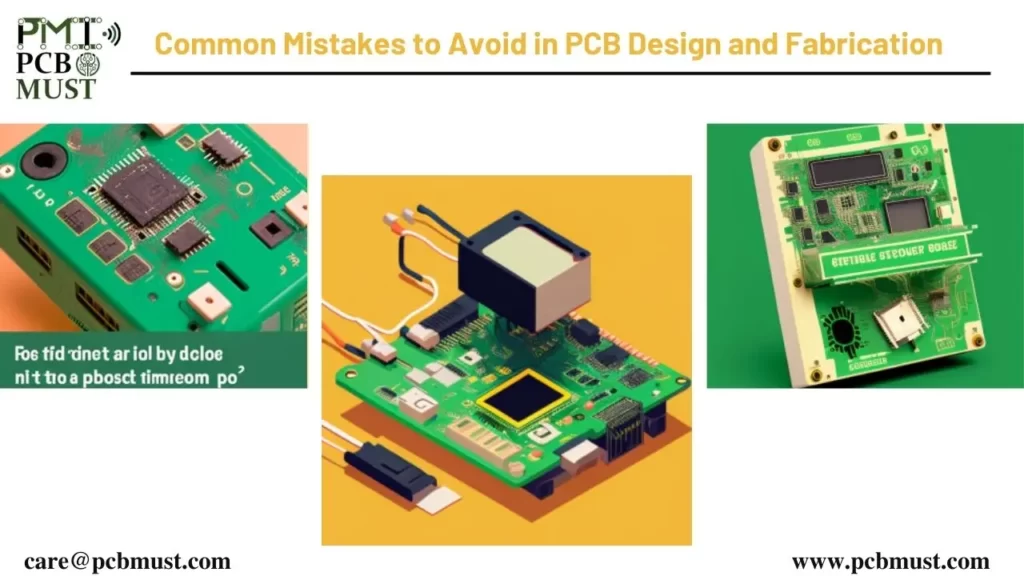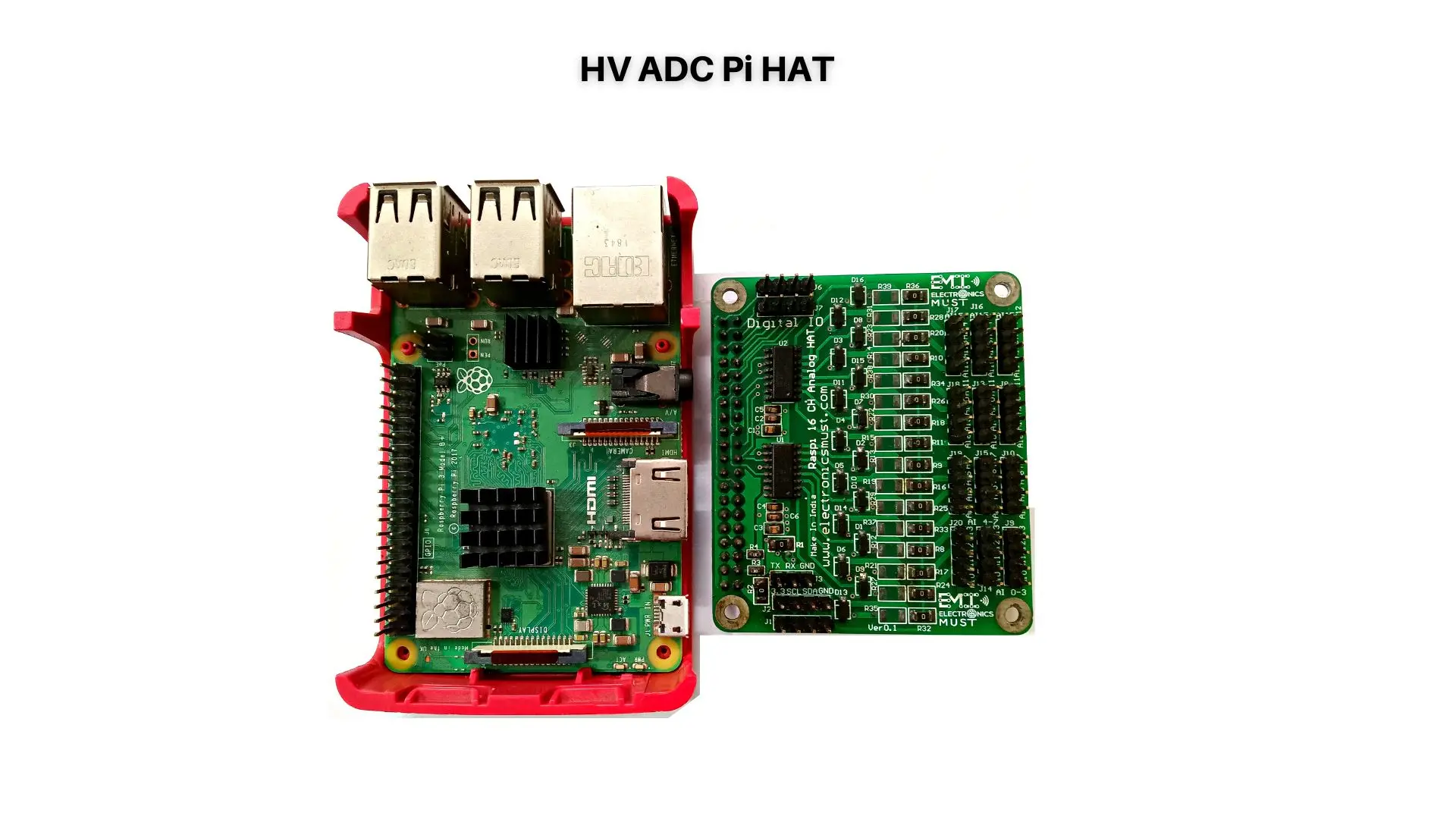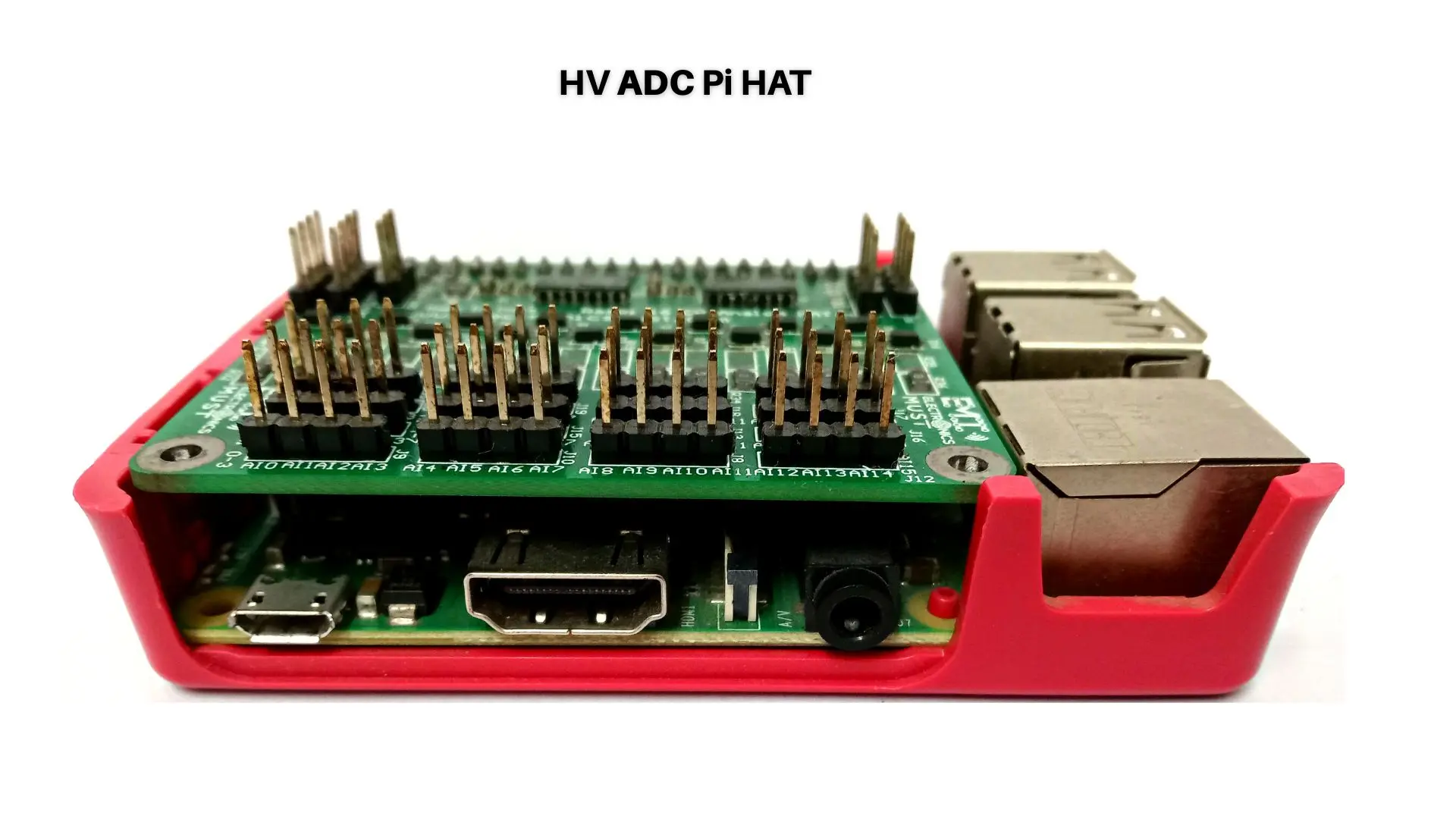Designing and fabricating a printed circuit board (PCB) can be a complex process, especially when you’re trying to keep costs low. However, by avoiding common mistakes, you can create affordable PCBs without sacrificing quality or performance. In this blog post, we’ll explore some of the most common mistakes to avoid in affordable PCB design and fabrication.
Mistake #1: Choosing the Wrong Materials
One of the most common mistakes in affordable PCB design is choosing the wrong materials. It can be tempting to go for the cheapest components and materials, but this can lead to poor performance and reliability. For example, using low-quality copper traces can lead to signal degradation, and using subpar capacitors can result in lower capacitance values.
Solution: To avoid this mistake, it’s important to choose components and materials that are affordable without sacrificing quality. Look for reputable suppliers who offer high-quality components at reasonable prices. Additionally, consider using alternative materials, such as FR-4 instead of more expensive substrates, like Rogers or Teflon.
Mistake #2: Overcomplicating the Design
Another common mistake in affordable PCB design is overcomplicating the design. This can lead to higher costs, longer lead times, and increased complexity during fabrication. Overcomplicating the design can include using too many components, adding unnecessary features, or making the design too dense.
Solution: To avoid this mistake, simplify the design as much as possible. Start with a clear understanding of the functional requirements, and use only the components and features that are necessary to meet those requirements. Additionally, consider using larger components or spacing out the design to make it easier and less expensive to fabricate.
Mistake #3: Ignoring Design for Manufacturability
Design for manufacturability (DFM) is the process of designing a PCB to make it easier and more cost-effective to manufacture. Ignoring DFM principles can lead to a design that is difficult or impossible to fabricate, resulting in higher costs and longer lead times.
Solution: To avoid this mistake, incorporate DFM principles into the design process. This includes using standard component footprints, avoiding tight spacing between components and traces, and ensuring that the design can be easily analyzed for mass production. By designing for manufacturability, you can reduce costs and improve the overall quality of the PCB.
Mistake #4: Skimping on Testing and Validation
Testing and validation are critical steps in the PCB design process. Skipping or skimping on these steps can result in poor performance, reliability issues, and even safety hazards.
Solution: To avoid this mistake, include testing and validation as a key part of the design process. This includes using simulation tools to verify the design before fabrication, performing design rule checks to ensure manufacturable, and testing the finished PCB to verify functionality and reliability.
In conclusion, designing and fabricating affordable PCBs requires careful attention to detail and a focus on quality and performance. By avoiding common mistakes such as choosing the wrong materials, overcomplicating the design, ignoring DFM principles, and skimping on testing and validation, you can create affordable PCBs that meet your functional requirements without sacrificing quality.






